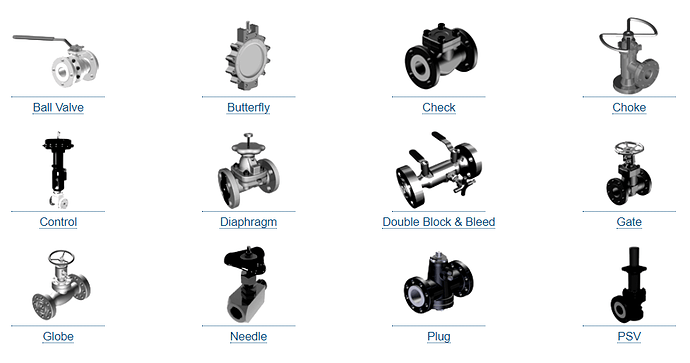The opening or closing of control valves is done by means of electrical, hydraulic or pneumatic systems. Positioners are used to control the opening or closing of the actuator based on electrical or pneumatic signals.
These control signals were traditionally based on 3-15psi (0.2-1.0bar) but 4-20mA signals are now more commonly used for industry. With the introduction of “Smart” systems; HART, Fieldbus Foundation, & Profibus are the more common communication protocols available.
The primary function of a control valve is for throttling which is achieved by varying the restriction caused by the internal trim components. Various control valve trims are available in order to deal with certain process requirements such as characterisation, anti-cavitation and low noise.
Control valves are valves used to control conditions such as flow, pressure, temperature, and liquid level by fully or partially opening or closing in response to signals received from controllers that compare a “setpoint” to a “process variable” whose value is provided by sensors that monitor changes in such conditions.
source: score-europe
